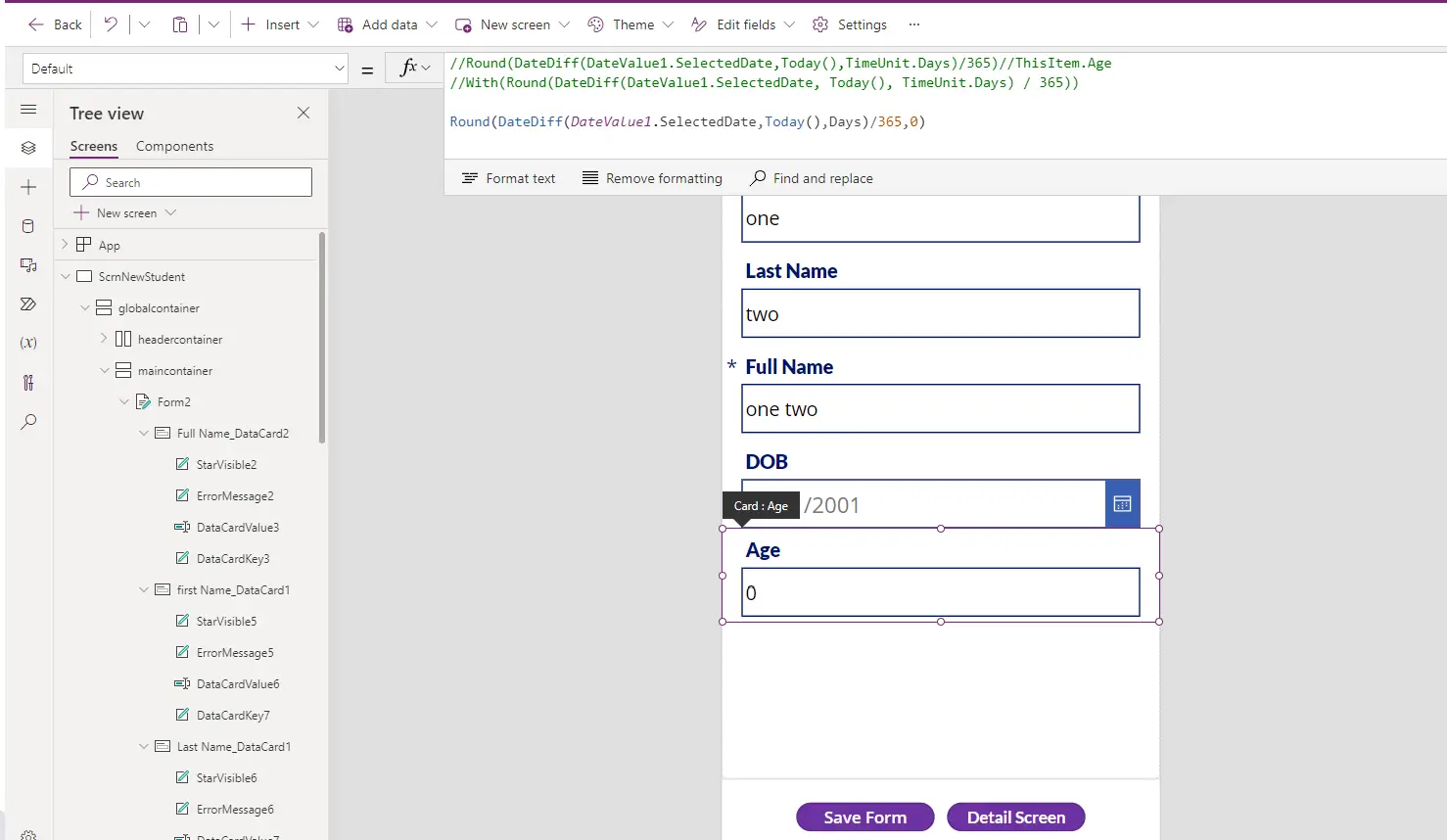Learn with

Functions
- Definition: Functions in Power Apps are pre-defined operations or actions that allow you to perform a wide range of tasks within your app. These include mathematical calculations, data manipulation, conditional logic, and more.
- Purpose: Functions are used to create dynamic behavior and automate processes in your app. They provide a way to interact with data sources, manipulate data, and control the flow of your app.
- Types:
- Built-in Functions: Power Apps includes a comprehensive set of built-in functions that can be used to perform specific tasks, such as `Concatenate`, `Filter`, `If`, `Count`, and many more.
- Custom Functions: You can define your own custom functions using the Power Apps formula language. These functions can simplify complex calculations and streamline app logic.
- Context Functions: Context functions are designed to work within the context of a specific control or item, allowing you to reference properties or values related to that context.
Example- we have used “datediff” and "round" function to calculate age in this application.

Both variables and functions play a crucial role in creating dynamic, data-driven, and interactive apps in Power Apps. They provide the flexibility and power to build applications that meet your specific business requirements.